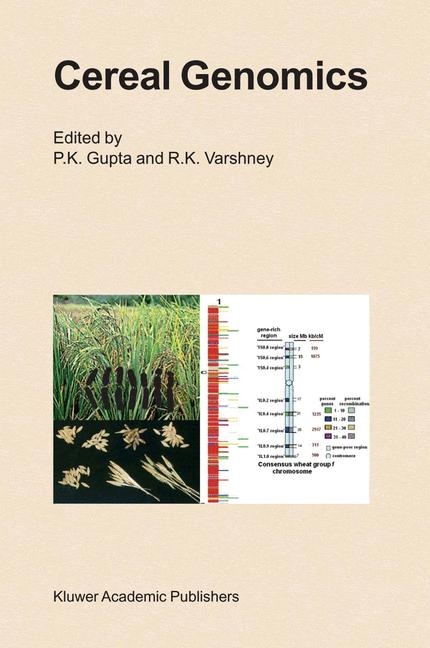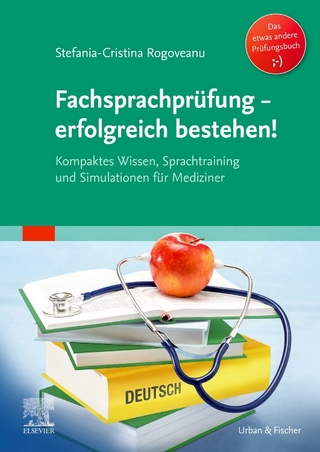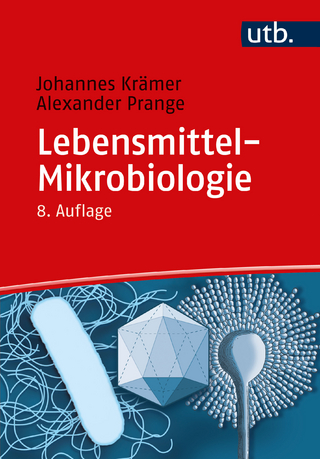
Cereal Genomics
Springer-Verlag New York Inc.
978-1-4020-2358-3 (ISBN)
- Titel erscheint in neuer Auflage
- Artikel merken
This book is the first of its kind, where twenty chapters written by experts of international repute, cover all aspects of cereal genomics research. In recent years, genomics has become a thrust area of research in life sciences, and cereals, being the most important group of crops, their genomes have been subjected to intensive/extensive analyses. The knowledge and the products generated through cereal genomics research are already being used for plant breeding through both, the marker assisted selection (MAS) and transgenic cereals. The areas covered in this book include, development and use of all kinds of molecular markers (including SNPs), construction and use of molecular maps, study of population genetics and domestication of cereals using tools of genomics research, structural and functional genomics (including whole genome sequencing in Arabidopsis and rice), comparative genomics, QTLs (including epistatic and e-QTLs) and genes for resistance against biotic and abiotic stresses, marker assisted selection (MAS), map-based cloning of genes/QTLs and the use of genomics research for crop improvement.
The book, therefore, should prove useful not only for students and teachers, but also for the young research workers, who are starting their research career in the field of cereal genomics.
This book is the first of its kind, where twenty chapters written by experts of international repute, cover all aspects of cereal genomics research. In recent years genomics has become a thrust area of research in life sciences, and cereals, being the most important group of crops, their genomes have been subjected to intensive/extensive analyses. The knowledge and the products generated through cereal genomics research are already being used for plant breeding through both, the marker assisted selection (MAS) and transgenic cereals. The areas covered in this book include, development and use of all kinds of molecular markers (including SNPs), construction and use of molecular maps, study of population genetics and domestication of cereals using tools of genomics research, structural and functional genomics (including whole genome sequencing in Arabidopsis and rice), comparative genomics, QTLs (including epistatic and e-QTLs) and genes for resistance against biotic and abiotic stresses, marker assisted selection (MAS), map-based cloning of genes/QTLs and the use of genomics research for crop improvement. The book, therefore, should prove useful not only for students and teachers, but also for the young research workers, who are starting their research career in the field of cereal genomics.
Preface. 1. Cereal genomics: An overview; P.K. Gupta, R.K. Varshney. 2. Molecular marker systems and their evaluation for cereal genetics; D.J. Somers. 3. Molecular maps in cereals: methodology and progress; R.K. Varshney, V. Korzun A. Borner. 4. Organization of microsatellites and retrotransposons in cereal genomes; A.H. Schulman, P.K. Gupta, R.K. Varshney. 5. Comparative genomics in cereals; A.H. Paterson. 6. Population genetic structure of wild barley and wheat in the Near East Fertile Crescent: Regional and local adaptive patterns; E. Nevo. 7. Gene and genome changes during domestication of cereals; C. Pozzi, L. Rossini, A. Vecchietti, F. Salamini. 8. QTLs and genes for disease resistance in barley and wheat; A. Jahoor, L. Eriksen G. Backes. 9. QTLs and genes for tolerance to abiotic stress in cereals; R. Tuberosa, S. Salvi. 10. Marker-assisted selection in the cereals: The dream and the reality; R.M.D. Koebner. 11. Map-based gene isolation in cereal genomes; N. Stein, A. Graner. 12. Gene distribution in cereal genomes; K.S. Gill. 13. Whole genome sequencing: methodology and progress in cereals; Y. Yu, R.A. Wing. 14. Bioinformatics and Triticeae genomics: resources and future developments; D.E. Matthews, V. Carollo, G. Lazo, O.D. Anderson. 15. Functional genomics studies of seed development in cereals; A.S. Milligan, S. Lopato, P. Langridge. 16. Functional genomics for tolreance to abiotic stress in cereals; N. Sreenivasulu, R.K. Varshney, P.B. Kavikishore, W. Weschke. 17. The Arabidopsis genome and its use in cereal genomics; K.P. Mayer, S. Rudd, H. Schoof. 18. Rice genome as a model system for cereals; T. Sasaki, B.A. Antonio. 19. Cereal genomics research in post-genomic era; M.E. Sorrells. 20. Genomics for cereal improvement; W. Li, B.S. Gill. Appendix I: List of contributors. Appendix II: List of reviewers.
| Erscheint lt. Verlag | 1.12.2004 |
|---|---|
| Zusatzinfo | Illustrations (some col.) |
| Verlagsort | New York, NY |
| Sprache | englisch |
| Maße | 155 x 235 mm |
| Gewicht | 1241 g |
| Themenwelt | Medizin / Pharmazie ► Medizinische Fachgebiete |
| Medizin / Pharmazie ► Studium | |
| Technik ► Umwelttechnik / Biotechnologie | |
| Weitere Fachgebiete ► Land- / Forstwirtschaft / Fischerei | |
| ISBN-10 | 1-4020-2358-8 / 1402023588 |
| ISBN-13 | 978-1-4020-2358-3 / 9781402023583 |
| Zustand | Neuware |
| Haben Sie eine Frage zum Produkt? |
aus dem Bereich


